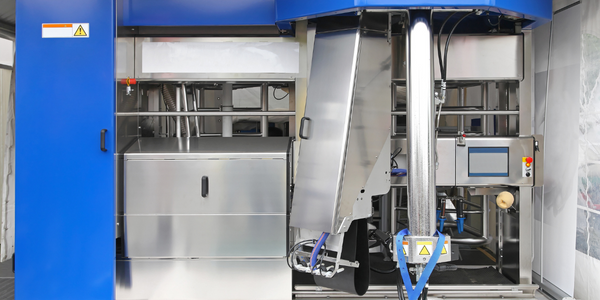公司规模
Large Corporate
地区
- America
国家
- United States
产品
- Agworld
技术栈
- Cloud-based platform
实施规模
- Enterprise-wide Deployment
影响指标
- Productivity Improvements
- Digital Expertise
技术
- 平台即服务 (PaaS) - 数据管理平台
适用行业
- 农业
适用功能
- 现场服务
- 质量保证
用例
- 农场监控与精准农业
- 远程资产管理
服务
- 云规划/设计/实施服务
关于客户
The Coleman family has a long history in Oregon’s Willamette Valley, having first arrived on the Oregon Trail in 1847 and settling in the Saint Paul area. The Coleman family soon started farming in the Willamette Valley, which is a tradition that the family has continued ever since, with the sixth generation Colemans currently at the helm. The Coleman family sets itself apart though by the unique business structure they have developed. Liz Coleman, partner and manager of Brand and PR explains: “In 2014, three couples — my husband John and I, together with Tom & Melissa Coleman and Ben & Jen Coleman — came together as a farm collective and started what is today known as Coleman Agriculture. “We pooled our resources and now manage over 8,000 acres of family-owned farm ground. We’ve invested in outside leadership and leverage the diversity between ourselves as business partners who are active in the day-to-day operations. As the company’s founders we’ve come from varied backgrounds of professional experiences which has been the truest strength in our contemporary farming operation. Our focus is to strengthen and sustain our family business while growing forward towards R&D and exploring innovative and new crops while honoring our heritage and traditional farming values.”
挑战
In 2014, Drew Bell with Coleman Ag recognized the need to start collecting farm records electronically and in the field, by the people performing the actual applications, instead of behind a desktop in an office. The main drivers for this need were state regulations that enforce pesticide application tracking and to provide workers with accurate information about re-entry intervals after these applications. The Coleman family has a long history in Oregon’s Willamette Valley, having first arrived on the Oregon Trail in 1847 and settling in the Saint Paul area. The Coleman family soon started farming in the Willamette Valley, which is a tradition that the family has continued ever since, with the sixth generation Colemans currently at the helm.
解决方案
After looking at the different options, Coleman Ag decided to implement Agworld due to its mobile capabilities and its ease-of-use. They decided to have both senior management and field managers all collaborate together on the same platform. Not only is Coleman Ag now collecting accurate information about pesticide applications, they also create all their crop plans in Agworld, track their expenses and generate profitability reports among others. Because of their sheer size, it is key for them to have all field managers and office staff connected on Agworld, so they keep track of what is happening at all times. They even have some suppliers that are on Agworld too, which re-enforces their connectivity.
运营影响
数量效益

Case Study missing?
Start adding your own!
Register with your work email and create a new case study profile for your business.
相关案例.
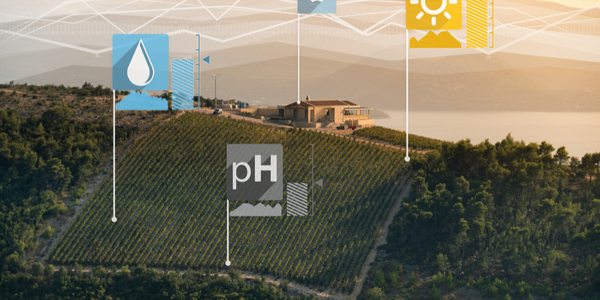
Case Study
Intelligent Farming with ThingWorx Analytics
Z Farms was facing three challenges: costly irrigation systems with water as a limited resource, narrow optimal ranges of soil moisture for growth with difficult maintenance and farm operators could not simply turn on irrigation systems like a faucet.
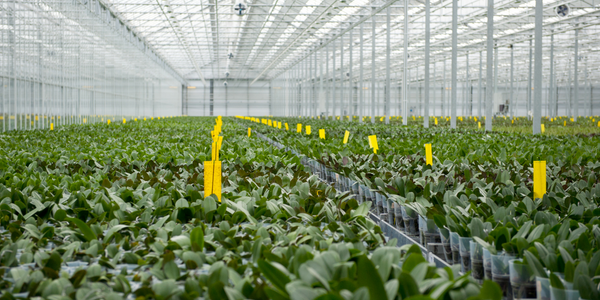
Case Study
Greenhouse Intelligent Monitoring and Control Solution
Farming Orchids is the most successful form of precision farming in Taiwan, and also the most exported flower. Orchids need a specific temperature and humidity conditions to grow and bloom, and its flowering time may not be in line with market demands, so the price collapses when there is overproduction. Therefore, some farmers began to import automated greenhouse control systems for breeding and forcing, which not only improves quality, but also effectively controls the production period and yield to ensure revenue. In 2012, an orchid farmer built a Forcing Greenhouse of about 200 pings (approximately 661 Square Meters) in Tainan, Taiwan. The system integrator adopted Advantech’s APAX-5000 series programmable automation controllers to build the control platform, coupled with Advantech WebAccess HMI/SCADA software, to achieve cloud monitoring. The staff of the orchid field can monitor important data anytime via smart phone, iPad, and other handheld devices, and control the growth and flowering conditions. System requirements: In the past, most environmental control systems of orchid greenhouses in Taiwan used PLCs (Programmable Logic Controller) with poorscalability and control, and could not be connected to the Internet formonitoring from the cloud. For advanced database analysis and networking capability, the PC platform must be adopted. Therefore, PAC Systems (Programmable Automation Controller) with both PLC programming capabilities andPC functions is a better choice.The environmental control of the Orchid greenhouse switches on and off devices like fan, shade net, cooling/heat pump, liquid flow control, water-cooling wall etc. It is controlled by a control panel of electric controllers, and is driven by a motor, to adjust the greenhouse temperature, humidity, and other environmental conditions to the set parameters.
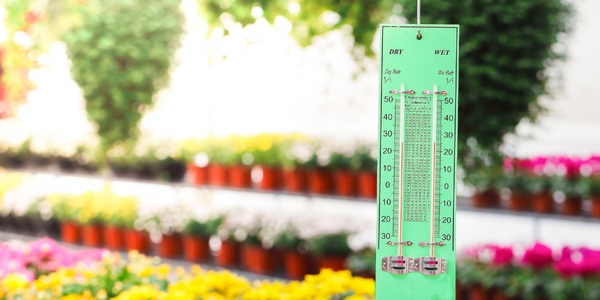
Case Study
Precision beekeeping with wireless temperature monitoring
Honeybees are insects of large economic value and provide a vital service to agriculture by pollinating a variety of crops. In addition, bees provide us with valuable products such as honey, beeswax, propolis, bee venom, etc. Monitoring of honeybee colony health, population, productivity, and environmental conditions affecting the colony health have always been exceedingly difficult tasks in apiculture. Research has shown that even small deviations (by more than 2°C) from the optimal temperatures have a significant influence on the development of the brood and the health of adult bees.
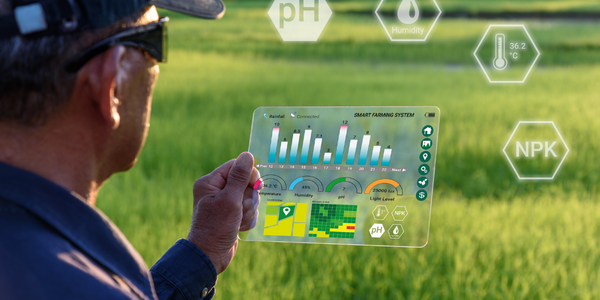
Case Study
Enabling Internet of Things Innovation in Agriculture
DigiBale, wanted to apply technology know-how and IP from implementations successfully to more agriculture sectors including cotton, forestry, sugarcane and cattle. However, farmers and growers still have worries about the connected technology.








